2025
Comparably’s Best Company Outlook
* Providing engineering services in these locations through SWCA Environmental Consulting & Engineering, Inc., an affiliate of SWCA.

From the experts we hire, to the clients we partner with, our greatest opportunity for success lies in our ability to bring the best team together for every project.
That’s why:
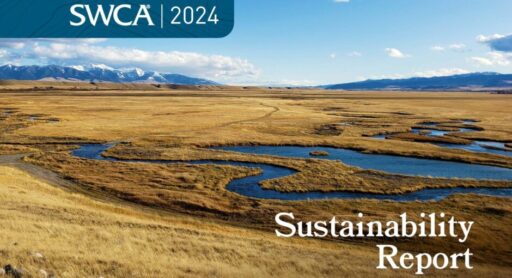
At SWCA, sustainability means balancing humanity’s social, economic, and environmental needs to provide a healthy planet for future generations.
SWCA employs smart, talented, problem-solvers dedicated to our purpose of preserving natural and cultural resources for tomorrow while enabling projects that benefit people today.

At SWCA, you’re not just an employee. You’re an owner. Everyone you work with has a stake in your success, so your hard work pays off – for the clients, for the company, and for your retirement goals.
Regulatory Alert: Upcoming Regulatory Activity in 2023
Erica Gaddis, Ph.D. serves as SWCA’s Vice President of Scientific & Technical Services, where she leads the company’s technical practice directors and guides enterprise-level strategies focused on scientific excellence, innovation, and career development. In her role, Erica works collaboratively with leaders across SWCA to scale technical capabilities and deliver integrated solutions for clients and communities.
With over 20 years of experience spanning environmental consulting, public service, academia, and international policy, Erica brings a wealth of expertise to her position. A proud SWCA “boomeranger,” she has dedicated a combined 10 years to the company, most recently as Senior Water Resources Technical Director. Her previous roles include Director of Utah’s Division of Water Quality, Senior Policy Advisor to the Western States Water Council, and Principal Scientist at SWCA. She regularly collaborates with the United Nations Environment Programme on integrated environmental assessments. Erica has led numerous projects and programs in water quality, hydrology, watershed management, and water resources planning.

Amanda Glen is SWCA’s natural resources technical director for biological services and provides strategic guidance on permitting and compliance for matters involving protected wildlife, plants, and habitats. Currently managing a national practice, she has more than 25 years of consulting experience with an emphasis on the Endangered Species Act (ESA) and how compliance with the ESA influences other regulatory programs. Her wealth of experience pertaining to endangered species issues includes research, permitting, consultations, status reviews, and conservation planning. Her experience includes negotiating compliance solutions for critically imperiled species facing potential determinations of jeopardy or adverse modification of designated critical habitats. She has led efforts to delist species no longer requiring the protections of the ESA when supported by sound science, and has been involved in voluntary conservation planning to help preclude the need to list species. Amanda frequently presents at regional and national conferences on matters related to the ESA, including new listings, regulatory and policy changes, and trends in compliance strategies.

Matt Petersen is the National Environmental Policy Act (NEPA) Technical Director for SWCA. Matt has 31 years of experience as a resource specialist and has managed or provided NEPA oversight for over 30 large-scale environmental impact statements (EISs), including projects in Arizona, Alaska, Colorado, Idaho, New Hampshire, Utah, Vermont, Texas, New Mexico, California, and Wyoming. This NEPA experience includes work with most major federal agencies and encompasses resource management plans (RMPs), ski areas expansions, fire management plans, stream restoration, mining, oil and gas, pipelines, transmission lines, wind farms, airports, and power plants. Matt has taught custom NEPA seminars for the Bureau of Land Management (BLM), U.S. Forest Service (USFS), U.S. Department of Transportation Maritime Administration, and the Federal Aviation Administration (FAA). Matt has developed and routinely teaches several open-enrollment NEPA courses to industry professionals, lawyers, and agency staffs. In addition, Matt is a regular instructor on NEPA impact analysis and third-party consulting for the BLM National Training Center (NTC). Matt recently developed the BLM National Training Center courses “NEPA Analysis for EAs” and “Kick-Start Your RMP,” both of which Matt has taken on the road to BLM field offices throughout the continental Unites States and Alaska. Technical expertise includes aquatic habitat impact assessment, mitigation, and restoration; hydrological modeling and analysis; and wetland delineation, mapping, and impact analysis. Matt is also experienced in the use and application of analytical models for quantitatively assessing natural resources impacts through the NEPA process.

Scott is a Senior Technical Director who leads Cultural Resources Management, Regulatory Affairs, and Indigenous Government Relations across SWCA. He has developed his expertise and acumen since entering the field in 1990 and has provided leadership in these areas at SWCA since 2001.

Dr. Wakefield is formally trained in economics, marine biology, and biochemistry. He has over 20 years of experience conducting environmental benefit/cost analysis, financial assurance, socioeconomic assessments, and environmental justice evaluations.






The first half of 2023 altered the environmental permitting and compliance landscape with reforms in the recent Fiscal Responsibility Act of 2023, the Supreme Court ruling on waters of the United States, U.S. Fish and Wildlife Service mitigation policies, and more.
More regulatory and policy activity is ahead of us in the second half of the year.
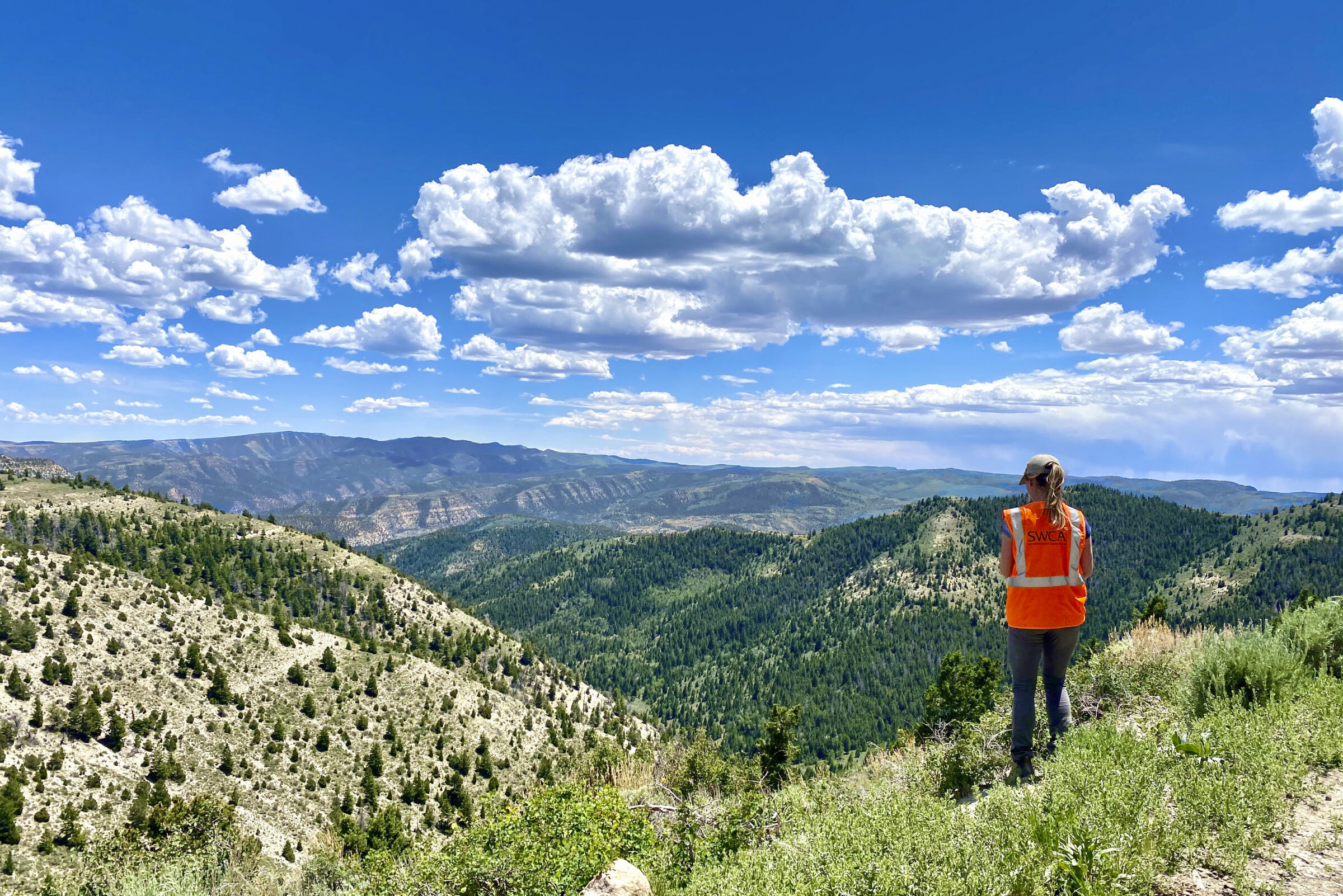
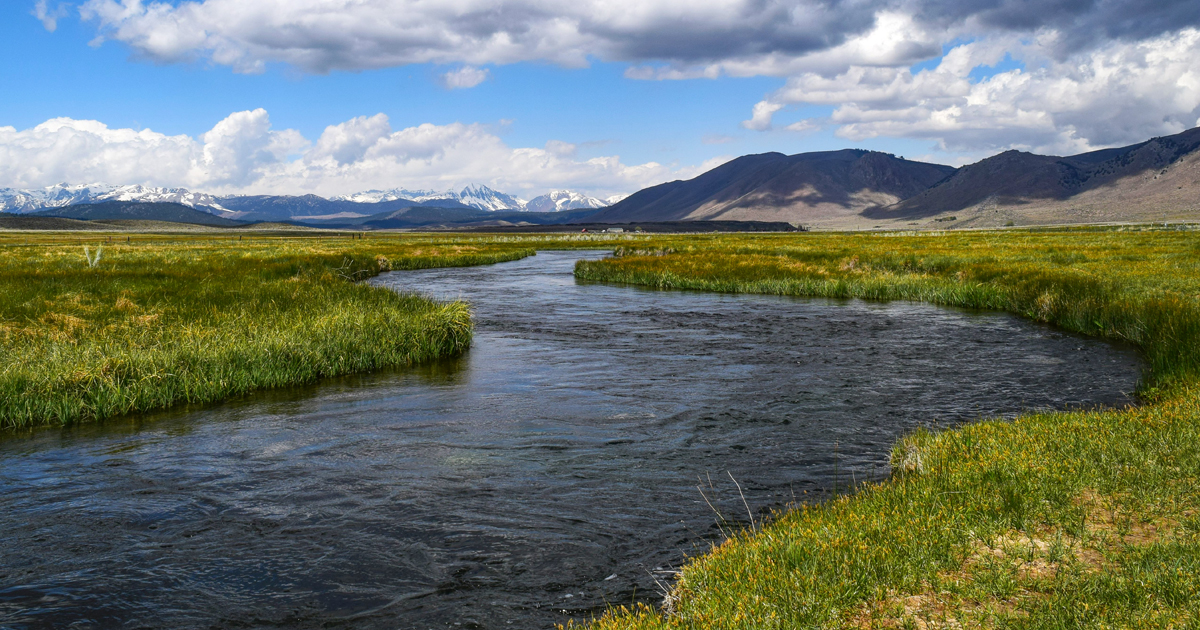
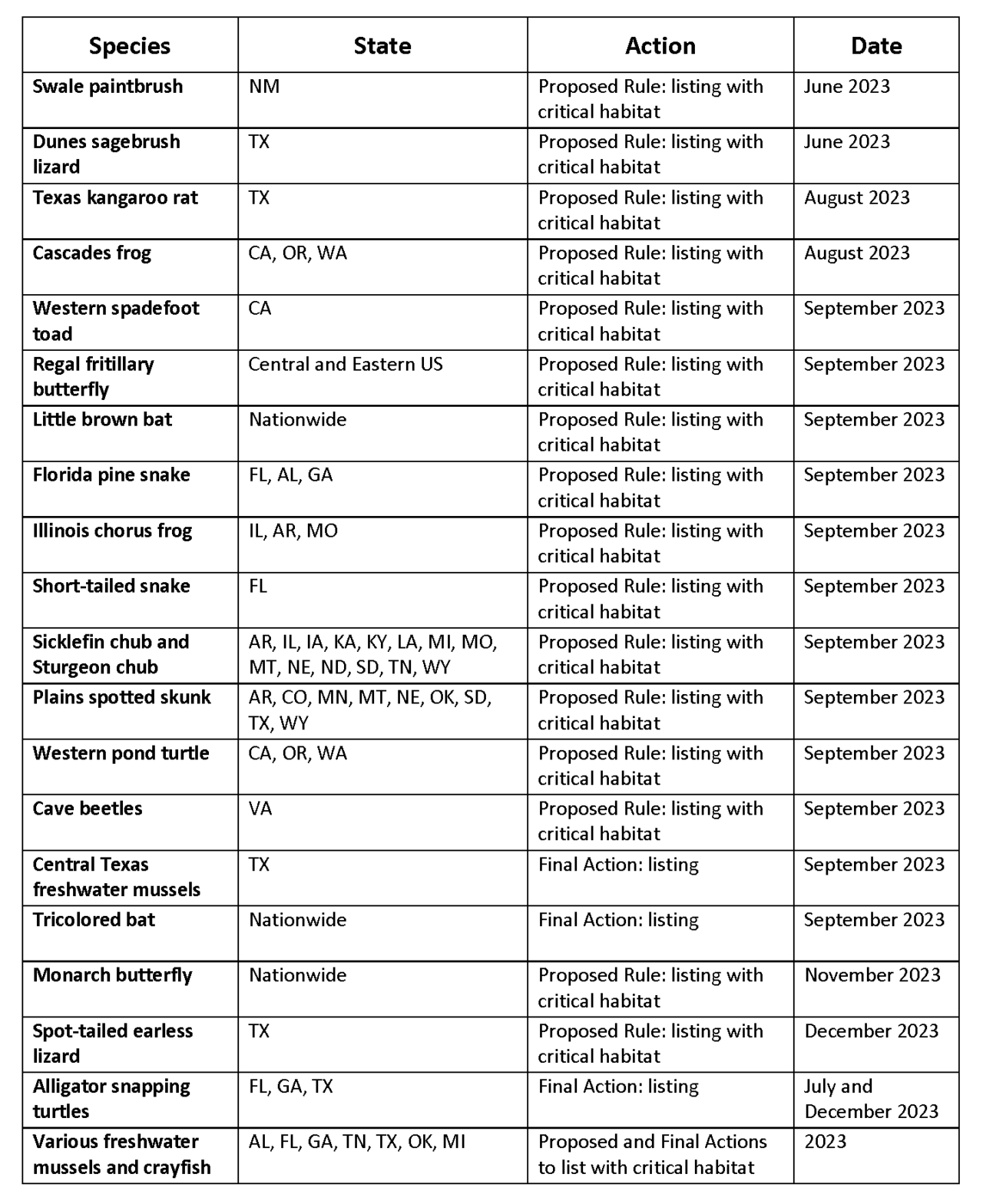
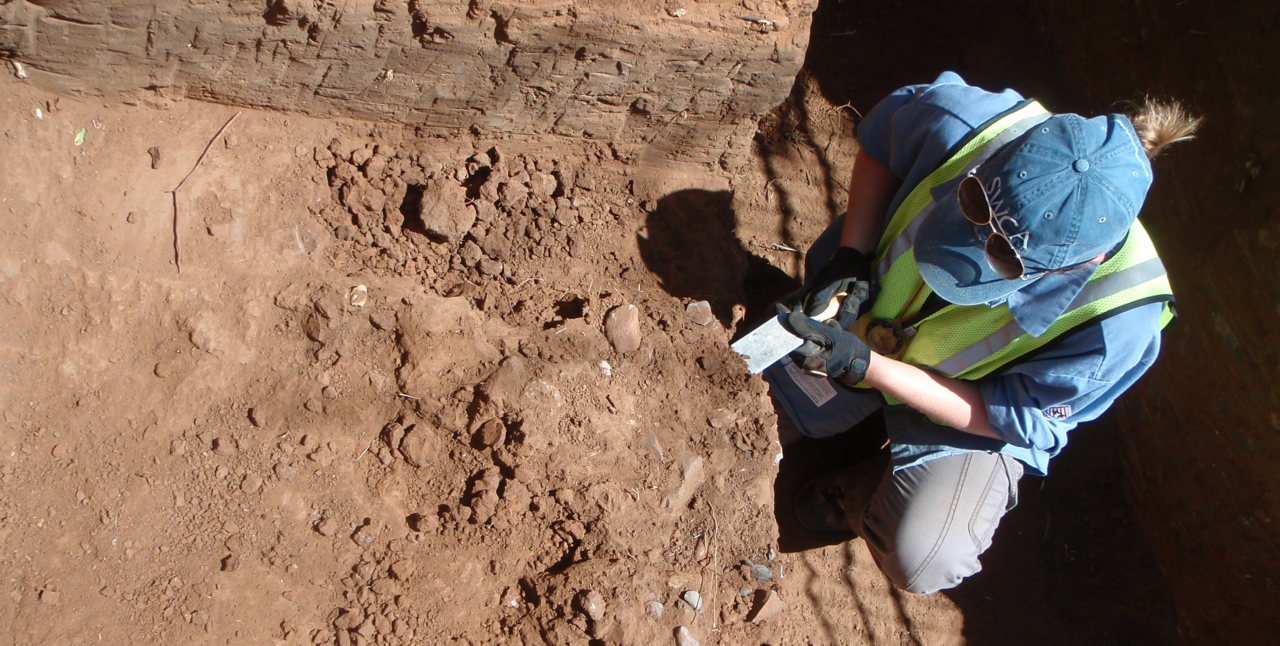

SWCA’s Technical Directors track important regulatory and policy actions that influence environmental permitting and compliance. Contact us for a conversation about how you can prepare for and take advantage of the opportunities ahead.
Erica Gaddis, Water Resources Technical Director
Amanda Glen, Natural Resources Technical Director
Matt Petersen, Planning Technical Director
Scott Phillips, Cultural Resources Technical Director
Jeff Wakefield, Natural Resources Technical Director